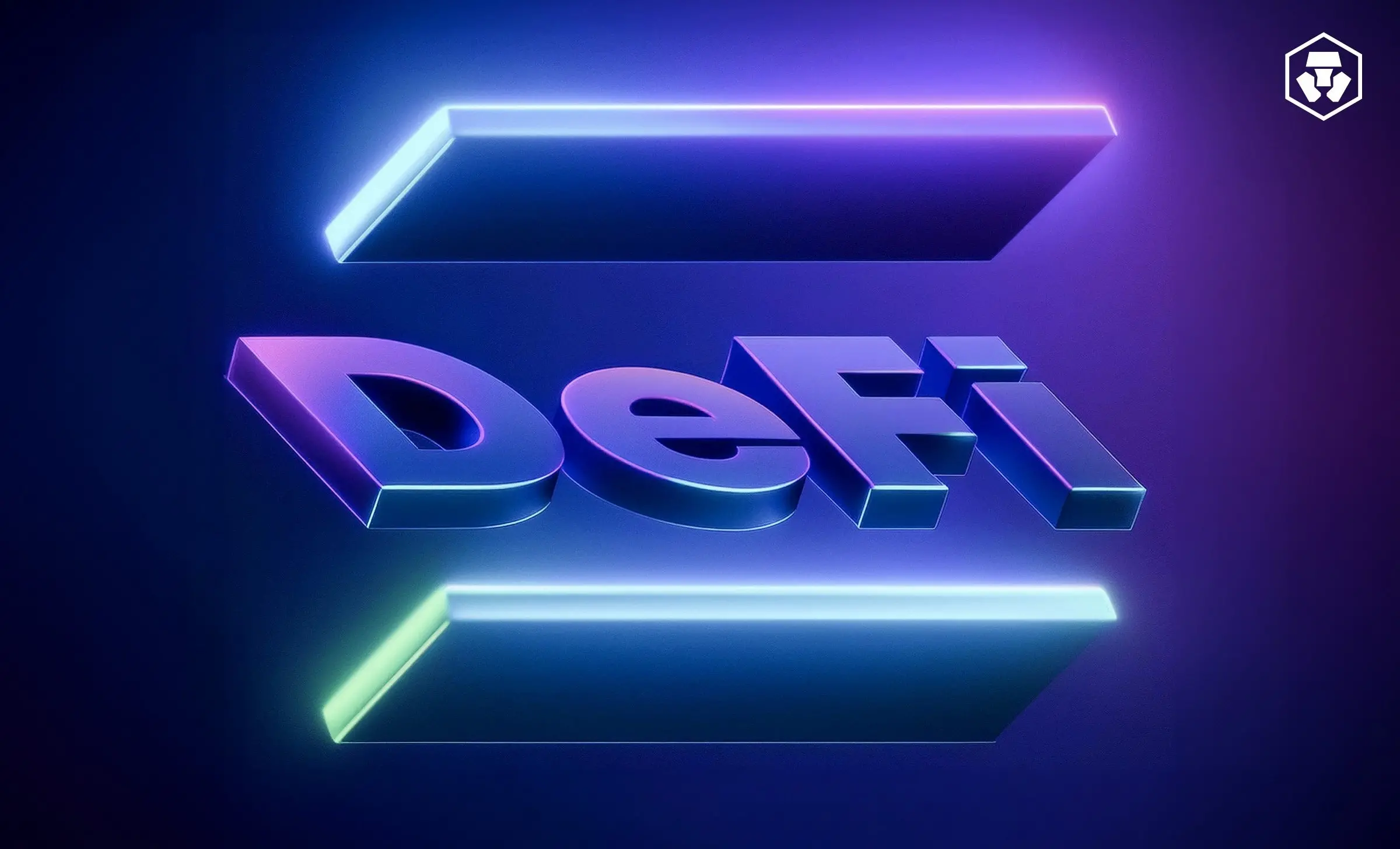Dialogue Puffer: Under the internal competition of LRT, how to attract top capital like Binance Labs and Franklin to invest?
Interviewer: flowie, kit, ChainCatcher
Guest: Amir, founding contributor of Puffer Finance
Editor: Marco, ChainCatcher
In the current competitive landscape of re-staking narrative and incentives, Puffer Finance is not the fastest player. On May 8, Puffer Finance announced the launch of its mainnet, with TGE and airdrop still in progress.
But for Amir, the founding contributor of Puffer Finance, the positioning of Puffer is to become a foundational layer for Ethereum, and there are no shortcuts on this path. "The native staking and permissionless network that Puffer aims to create must address a multitude of trust issues and technical barriers."
Rather than pouring a lot of energy into market hype, Amir prefers to prioritize user safety and explore and meet user needs through a slow and steady approach.
Amir's rigorous pace in product development is also influenced by his engineering background. Amir graduated from the University of California, Santa Cruz and the University of Southern California, majoring in Electrical and Electronic Engineering. Shortly after graduation, Amir joined NASA as an engineer, exploring the empowerment of AI in the aerospace industry.
During this time, fellow crypto enthusiast Amir began exploring how blockchain technology could solve the privacy and trust issues brought about by AI. Inspired by a paper from the Ethereum Foundation Research Institute, Amir and his university classmate Jason Vranek entered the Ethereum staking space, aiming to address various trust issues, and founded Puffer Finance.
Puffer Finance can lower the staking capital threshold from 32 ETH to 1 ETH, enhancing the capital efficiency of node operators. Additionally, the anti-slashing technology based on Intel SGX hardware and the economic guarantees for Ethereum node operators also reduce the risk of asset slashing for users. After the mainnet launch, Puffer Finance plans to introduce its own AVS service. Currently, Puffer Finance's TVL is nearly $1.8 billion.
Recently, Puffer Finance announced the completion of a $18 million Series A funding round, which included participation from crypto-native funds such as Brevan Howard Digital and Electric Capital, as well as exchange funds like Coinbase Ventures, and attracted traditional financial giant Franklin Templeton.
Previously, Puffer Finance had secured three rounds of funding, with notable participation from well-known institutions such as Binance Labs, Jump Crypto, and Eigenlayer founder Sreeram Kannan.
NASA Engineer's Journey of AI and Crypto Exploration
1. ChainCatcher: From LinkedIn, I learned that before founding Puffer Finance, you primarily worked as an engineer at NASA. Why did you later enter the crypto field? What other significant experiences do you have?
Amir: During my time at NASA, I worked in an innovative department focused on the empowerment of new technologies like AI in the aerospace industry.
Before joining NASA, I had already started using cryptocurrencies and was fascinated by the new financial paradigms brought about by blockchain.
My real attempt to start as a blockchain developer stemmed from my exploration of AI and blockchain.
With the emergence of AGI (Artificial General Intelligence) and ChatGPT, we realized that users' private data was not protected and could easily be leaked. This led us to explore technologies such as zero-knowledge proofs and trusted execution environments, discussing hardware-based or mathematically-based solutions to address the issues of verifiable computation.
At one hackathon, we built a privacy-preserving decentralized search engine that encrypts users' input, and this project experience provided a crucial architectural foundation for Puffer Finance.
2. ChainCatcher: You mentioned in a public podcast interview that you and Puffer Finance's other co-founder and CTO Jason Vranek were inspired by Ethereum Foundation researcher Justin Drake's staking research, which led you to enter the Ethereum foundational layer to start your entrepreneurial journey. How long did you research at that time, and what market pain points were you hoping to address?
Amir: Initially, we wanted to use verifiable technology to address the slashing risks of LSD.
While exploring verifiable technology, we also discovered that there were many trust issues involved in the Ethereum liquid staking process. Users deposit funds into liquid staking providers, which act as intermediaries, providing users' funds to some centralized node operators, trusting that they will distribute rewards to users after verification.
However, this trust issue brings many risks. For example, what happens if a node operator gets slashed?
In June 2022, Ethereum Foundation researcher Justin Drake published a paper titled "Liquid solo validating", discussing how to use hardware to reduce the slashing risk for solo validators and improve the capital utilization efficiency of LSD.
Inspired by this paper, we created an anti-slashing solution for Solo Staking/Home Staking around the end of 2022, which we now call Secure-Signer security signing technology. It runs on Intel's SGX to prevent slashing behavior.
Additionally, through Secure-Signer technology, Puffer can safely lower the validator threshold requirement from 32 ETH to just 1 ETH, significantly reducing the participation barrier for solo validators. The Secure-Signer technology has also received funding from the Ethereum Foundation.
Not Limited to Re-staking, Committed to Becoming the Ethereum Foundation Layer
3. ChainCatcher: Puffer Finance has repeatedly mentioned that your narrative is not limited to re-staking. What is your positioning? What differentiates you from other re-staking protocols?
Amir: First of all, Puffer Finance is the only permissionless Ethereum liquid staking protocol that allows any individual performing node validation to enter.
Secondly, many LRT or other LST protocol teams are essentially just simple smart contracts, leaving much of the foundational infrastructure construction to centralized operators. However, Puffer's positioning is to become a foundational layer for Ethereum, aiming to make the decentralized operation of Ethereum validators more feasible. We hope to unlock more functionalities for users, with re-staking being one of them.
Re-staking allows the security of Ethereum's POS mechanism to be shared, providing more rewards for stakers or node operators.
In the future, Puffer also plans to further advance the Ethereum stack through re-staking. There are still many issues to be resolved in the Ethereum stack, such as the need for composability and the significant liquidity fragmentation between Layer 2s.
Additionally, Puffer is actively exploring some cutting-edge solutions, such as how AI, which the Puffer team is familiar with, can securely process data on-chain.
4. ChainCatcher: Puffer Finance has lowered the staking capital threshold from 32 ETH to 1 ETH. What challenges did Puffer Finance encounter during development?
Amir: Many people have asked me why Puffer is slower compared to some competitors.
What I want to say is that Puffer is creating a native staking and permissionless network. Building such a trustless system takes a long time. You must solve many problems, not only those based on game theory and arising from distrust but also many technical barriers.
We need to think about how to trust node operators not to go offline. If they do go offline, how do we respond? The arbitrary offline behavior of node operators means that users will face losses in terms of capital costs, opportunity costs, and more.
To address this, we introduced economic guarantees and penalty mechanisms. Essentially, under these penalty conditions, if a node operator goes offline or gets slashed, they will lose their own money, thereby providing good protection for users.
By the end of 2024 or early 2025, after the Ethereum Pectra upgrade, smart contracts triggering validator withdrawals will be introduced. Before this, it was unavailable, so we had to create custom off-protocol solutions to address the features not enabled in Ethereum.
5. ChainCatcher: While re-staking improves capital utilization, it also increases new slashing risks. Besides lowering the staking capital threshold, how does Puffer Finance ensure the safety of liquid stakers or node operators? What are the challenges?
Amir: Of course, it will increase more risks because you are using the same assets to protect more activities.
Currently, the slashing functionality of re-staking has not officially launched. Once it does, as an LRT like us, we must be very careful to protect users from the impending slashing risks.
We are carefully studying each AVS (Active Validation Service) and closely monitoring their slashing rules.
For AVS that may be affected by external risks, such as the appreciation of the dollar, it becomes difficult to predict and resist the volatility of slashing risks. We need to ensure that users do not engage with such AVS.
Additionally, we are collaborating with teams like EigenLayer to create standardized key management and anti-slashing measures for AVS.
The Puffer V2 version will be launched in the coming months. We hope to ensure that all user keys are protected across each stack, from staking and re-staking to any other applications we provide for users.
Recently, we have enabled permissionless validators, and we are also closely tracking validator operations through automation.
6. ChainCatcher: Puffer Finance recently launched its mainnet. What new changes have occurred compared to the testnet phase?
Amir: The launch of the Puffer mainnet means that the native liquidity re-staking feature has started on Puffer. The stETH deposited into Puffer is converted from the Lido protocol back to ETH, further achieving decentralization of the Ethereum network.
Additionally, stakers can now enjoy rewards from AVS. The anti-slashing and secure key management features reduce the risk of slashing for users in staking and re-staking.
7. ChainCatcher: What are the important milestones on the roadmap ahead?
Amir: The next phase aims to further lower the staking threshold for users, such as bringing the staking capital close to zero, which would make us a completely permissionless and decentralized protocol.
Specifically, after the mainnet launch this year: first, we will expand to some Layer 2s to provide users with more low-gas options.
Secondly, we will open up withdrawal functions. I know some protocols have opened this up early, but Puffer still wants to ensure user safety and will gradually open it up after all indicators are checked. We will provide two withdrawal options: one for quick withdrawals and another traditional withdrawal option like Lido.
Additionally, there is currently no penalty mechanism on AVS, but once it is launched, it will become very important. Puffer plans to launch its own AVS, providing higher rewards for its stakers and node operators through staking.
I believe that by the end of 2024, the market will see the new paradigms brought to Ethereum by LSD/LRT protocols like Puffer Finance, just as Layer 2 is crucial for Ethereum.
8. ChainCatcher: What features will Puffer Finance's upcoming AVS service have?
Amir: AVS is part of our roadmap and is designed to provide customized services for more complex nodes, with a vast potential for scalable application scenarios, leaving ample space for AVS service providers.
For example, amidst the current wave of on-chain AI, one of the biggest demands for AI + Crypto projects may be verifiable computation, trusted execution environments, etc. Puffer has past experience in AI + Crypto development and has formulated many new architectural plans around Layer 2. Puffer also operates on the foundational layer, possessing the capability to create unique AVS.
Puffer is also more focused on improving the Ethereum foundational layer itself, as there is room for improvement in various aspects such as Ethereum transactions, MEV, and timely confirmations. I believe that besides providing data availability layer services for EigenLayer, Puffer can offer more quality services.
The LRT War Has Just Begun
9. ChainCatcher: Some re-staking protocols have already conducted TGE and released airdrops. What are Puffer Finance's plans in this regard? When do you expect this to happen? Have there been any adjustments to the incentive program?
Amir: For community governance, tokens are very necessary, and we need to ensure that the community is taken care of.
My team and I are working hard for the TGE, hoping to choose a good timing. The specific time cannot be disclosed yet, but there will be news soon.
Puffer Finance's points incentive program has entered Chapter 4, which introduces a new Puffer points mechanism and expands the ecosystem. Participants only need to continue participating in staking to earn more rewards.
10. ChainCatcher: Puffer Finance has secured funding from many well-known capital or individuals, including exchange funds like Binance Labs, traditional financial giant Franklin Templeton, and Eigenlayer founders. What do you think is the biggest highlight that attracts investors to Puffer Finance?
Amir: First of all, Puffer is committed to exploring cutting-edge technologies based on Ethereum.
Secondly, in the recent $18 million funding round, investors are likely very optimistic about Puffer's upcoming upgrades, as this upgrade will provide better ecosystem services for users.
Additionally, Puffer is a community-driven project. We understand the needs of the community very well and are willing to co-build Puffer with the community.
11. ChainCatcher: Currently, the Ethereum staking rate is around 30%. With the rise of re-staking, what breakthroughs do you think the Ethereum staking market will see? What stage has the competition in the Ethereum re-staking space entered?
Amir: The Ethereum staking rate will definitely reach a certain point and then be capped, and some projects will control the staking rate of Ethereum. This also allows re-staking to gain additional rewards. Currently, re-staking is still in a very early stage; everything has just begun, and most protocols, like Puffer, are still in the roadmap planning stage, with much content waiting for actual implementation.











